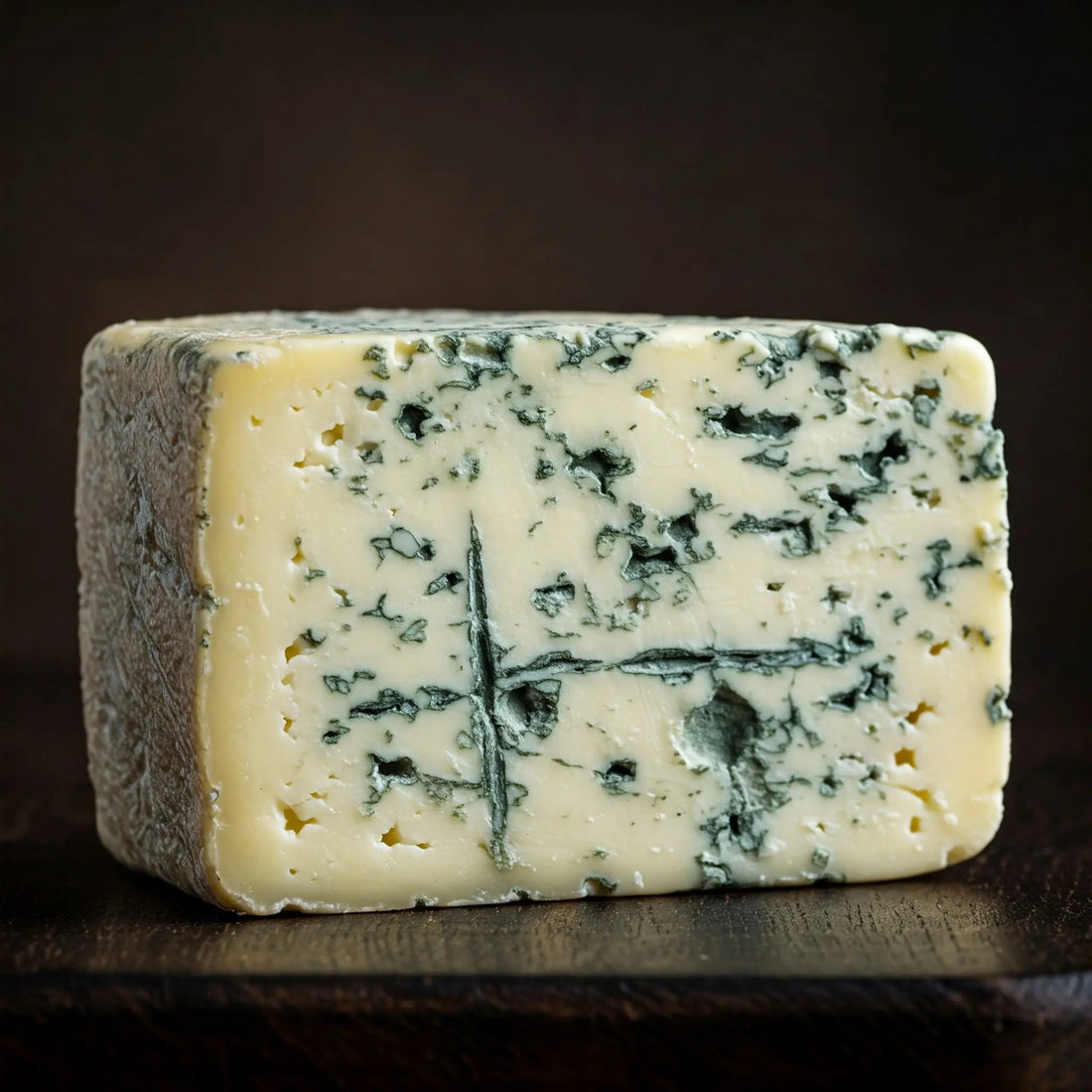
The Science of Cheese: From Milk to Masterpiece
Share
Cheese may seem like magic, but its creation is deeply rooted in science. Transforming milk into a flavorful, aged wedge is a biochemical symphony that begins the moment milk is collected. Understanding the science behind cheese not only deepens our appreciation but also helps us decode why one cheese is soft and bloomy while another is sharp and crystalline. At Wedgely, we celebrate this fascinating process, and we're excited to share it with you.
The Curd is the Word
At the heart of all cheese lies casein—the primary milk protein. Milk is a complex emulsion, and casein proteins are suspended within it. When acid or rennet is added to milk, this delicate balance shifts. Acid, often in the form of lactic acid produced by bacteria, lowers the pH, while rennet, a complex of enzymes (historically from animal stomachs, but now often produced through fermentation), destabilizes the casein. This causes the casein molecules to bond together, forming a three-dimensional network that traps fats and water, creating curds. The liquid left behind is whey, a valuable source of protein in its own right, but the curds are where the magic happens.
Manipulating the Masterpiece

Cheesemakers are master manipulators, controlling a range of factors to create vastly different textures and flavors.
-
Temperature: Heating the milk influences the rate of curd formation and the final texture. Higher temperatures generally result in firmer curds.
-
Acidity: The amount of acid present affects how casein binds. More acid leads to a firmer, more brittle cheese, while less acid results in a more elastic texture.
-
Moisture Content: Cutting the curds releases whey. Smaller curds release more whey, leading to a drier, firmer cheese. Larger curds retain more moisture, resulting in a softer, creamier cheese.
-
Time: How long the curds are worked, pressed, or allowed to rest also plays a significant role in the final texture.
The Influence of Ingredients
Beyond the basic steps, the characteristics of the milk itself and the addition of microbial cultures dramatically influence the outcome.
-
Fat Content: The higher the fat content in the milk, the richer and creamier the cheese will be.
-
Milk Source: Milk from different animals—cow, goat, sheep, or even buffalo—has different compositions of proteins, fats, and sugars, leading to unique flavor profiles and textures.
-
Microbial Cultures: Starter cultures introduce specific strains of beneficial bacteria, which consume lactose (milk sugar) and produce lactic acid. This process not only affects flavor but also acts as a natural preservative. Different bacterial strains produce different flavor compounds. Some cheeses, like Swiss, incorporate propionic bacteria, which consume lactic acid and produce carbon dioxide, creating those characteristic holes—or "eyes."
The Art of Affinage
Then there’s the aging process, or affinage. This is where time, temperature, humidity, and the environment work their magic.
-
Time: Aging can range from a few weeks to several years. During this time, enzymes break down proteins and fats, creating complex flavor compounds.
-
Temperature and Humidity: These factors influence the activity of enzymes and microbes, affecting the rate and type of ripening.
-
Storage Environment: Whether the cheese is aged on wooden shelves, in cave walls, or on metal racks, the environment contributes to the final flavor and texture. For example, a Brie left to age for two weeks becomes creamy and mild; leave it for four weeks, and it transforms into an oozing, pungent marvel.
The Role of Microbes

Enzymes, molds, and yeasts also play key roles in the development of cheese.
-
Penicillium roqueforti, the mold behind blue cheeses, introduces intense, spicy, and pungent notes.
-
Brevibacterium linens gives washed-rind cheeses their characteristic pungent, funky aroma and sticky, orange rind.

At Wedgely, we marvel at this marriage of nature and technique. Each cheese is a living thing—breathing, aging, evolving—until it’s ready to meet your board. When you savor a slice of artisan cheese, you’re tasting a meticulously crafted balance of biology, chemistry, and time. It's a story written in flavor, a testament to the power of transformation.